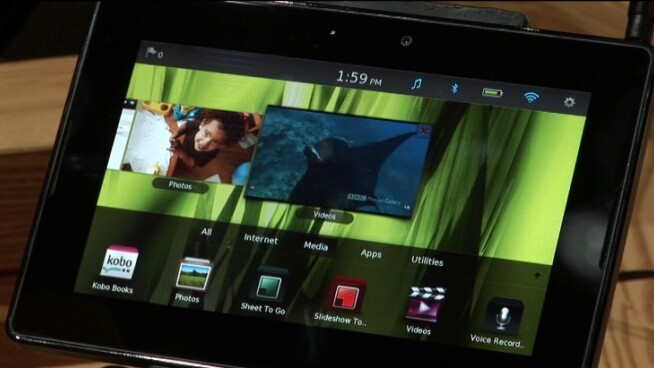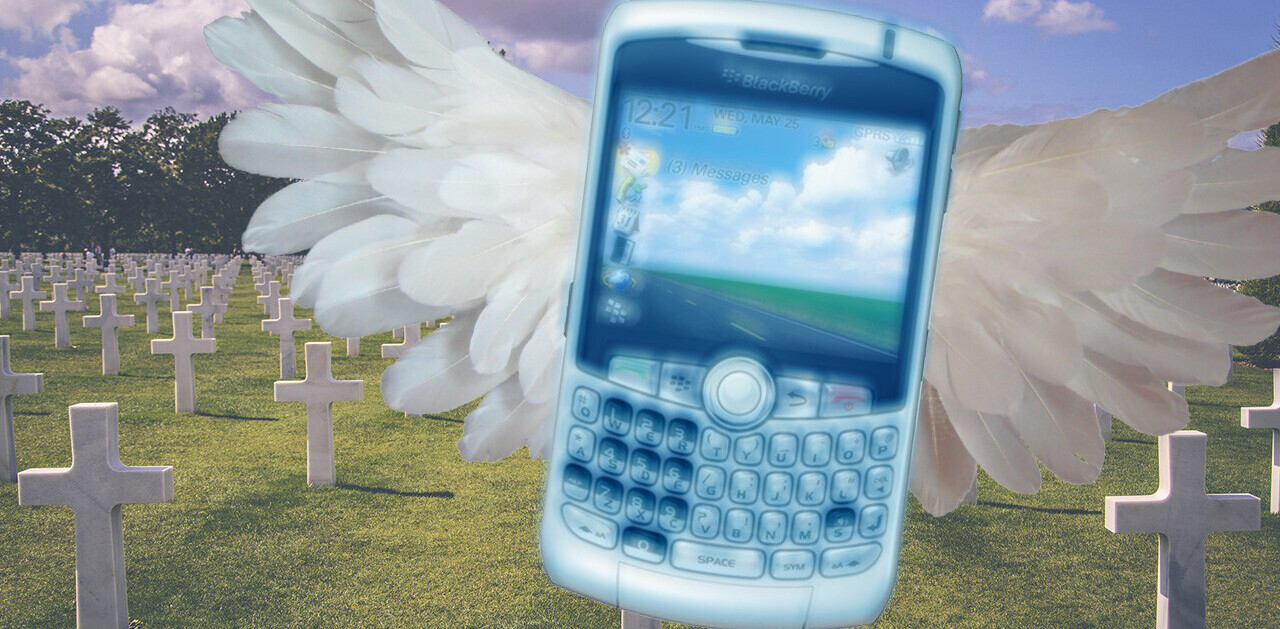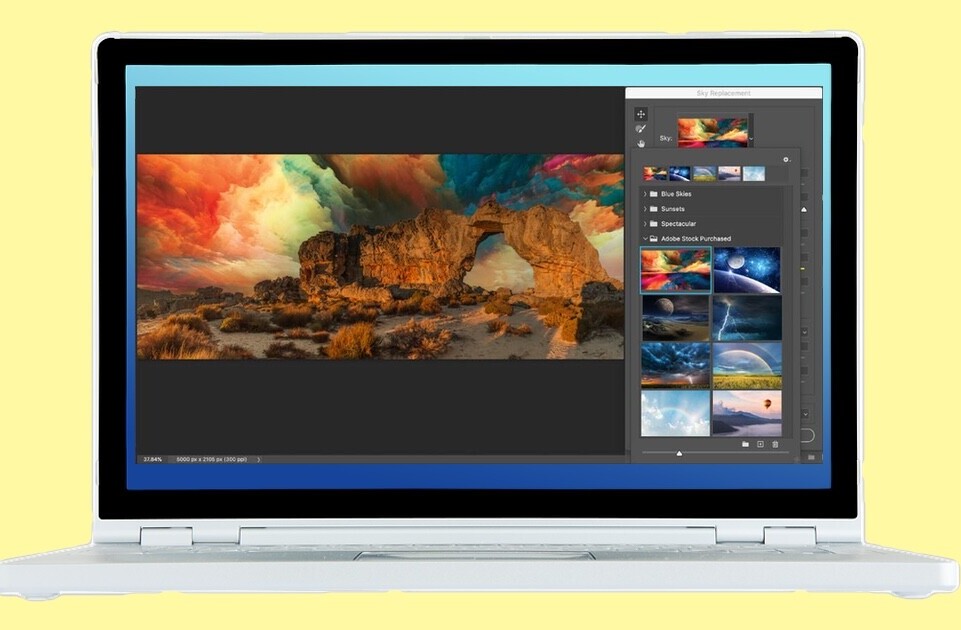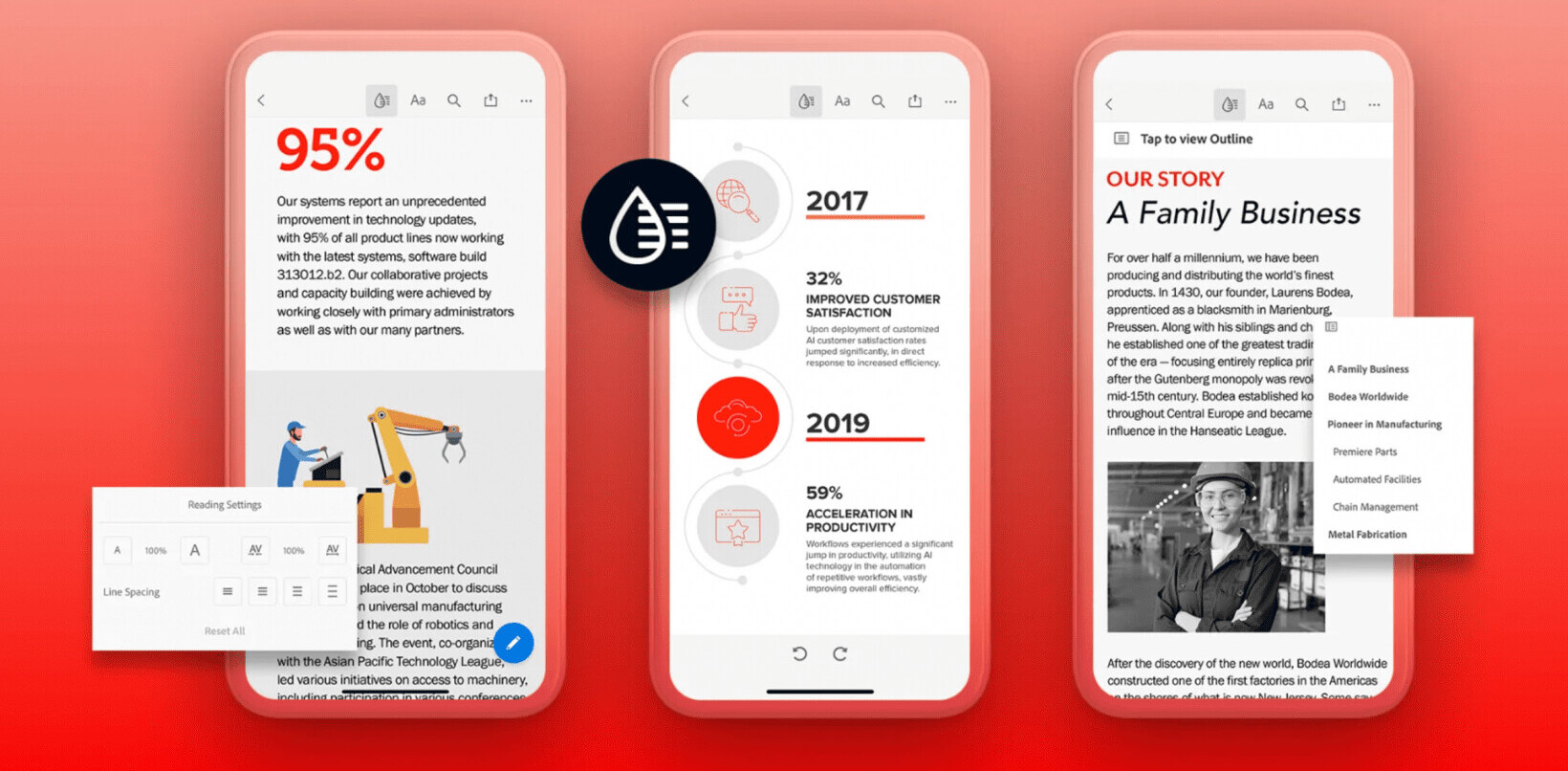
If you’ve kept a keen eye on the release of RIM’s new BlackBerry PlayBook tablet, you will have noticed that the device is currently due to launch one month later than was initially stated by the Canadian smartphone manufacturer.
As always, the rumour mill has whirred into action, suggesting numerous reasons for the delay – one being that touchscreen supply has reduced RIM’s ability to fulfil initial orders for the device, partly attributing the blame to Apple which reportedly tied up 60% of the supply of the panels for other manufacturers.
The other reason that many blogs have been stirring up is Flash integration. Whilst RIM hasn’t moved to confirm or deny any rumours, the willingness to attribute the blame to Adobe and its Flash software is unfounded and implies that outlets reporting the rumour aren’t doing the research they should.
The BlackBerry PlayBook is powered by the QNX operating system, a platform RIM acquired in April 2010, and is expected to outfit all of its future tablet and smartphone devices, replacing the ailing and outdated BlackBerry OS. As a company, QNX Software Systems was best known for its work on powering systems in automotive, industrial, telecommunications, medical, defense, and aerospace industries, powering the dashboards of cars and even Army tanks.
Before it was acquired by RIM, QNX was suitably sporting Flash as far back as June 2009. Back then, Adobe and QNX Software Systems announced the availablity of QNX Car, an application platform that facilitated “the production of Flash-based, in-vehicle systems”. This meant carmakers were able to deploy Flash-based interfaces in “head units, digital instrument clusters, rear-seat infotainment systems, and other in-car products”.
This opened up the ability to bring experiences like:
On-demand movies, multi-player gaming, Internet radio, social networking, and location-based services. Not to mention, it allows third-party developers to design and deploy applications on a car’s infotainment system.
Impressive, no?
With QNX supporting Flash as far back as 2009, are we really ready to believe that the same company that could enable on-demand movies, multi-player gaming and location-based services in automobiles hasn’t been able to optimize Adobe Flash 10.1 for the PlayBook? RIM committed to outfitting its PlayBook with that version of the software as far back as February, at this year’s Mobile World Congress event.
For every person saying Flash was weak on the PlayBook, you will have twenty more to tell you otherwise. We’ve played with it and found no issues.
Manufacturers including Motorola had troubles incorporating Flash 10.2 onto their Android Honeycomb tablets, RIM has not committed to loading the same version, giving it far more time to ensure the Flash experience is exactly what it should be.
Touchscreen panel supplies, plausable – Flash issues, improbable.
We only have just over a week to find out, I have a hat on standby ready to eat if I am wrong, something tells me I’m not.
Get the TNW newsletter
Get the most important tech news in your inbox each week.




